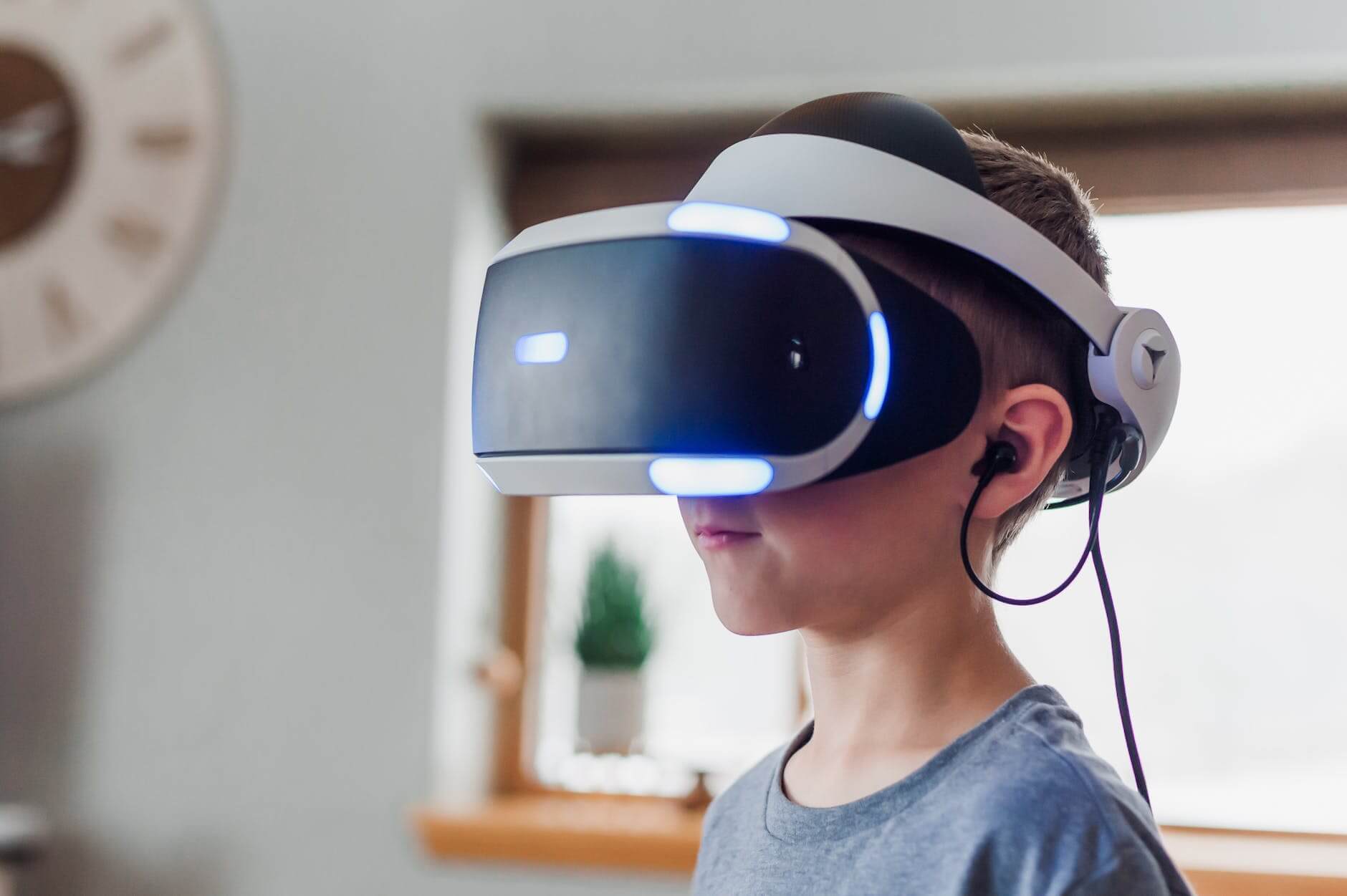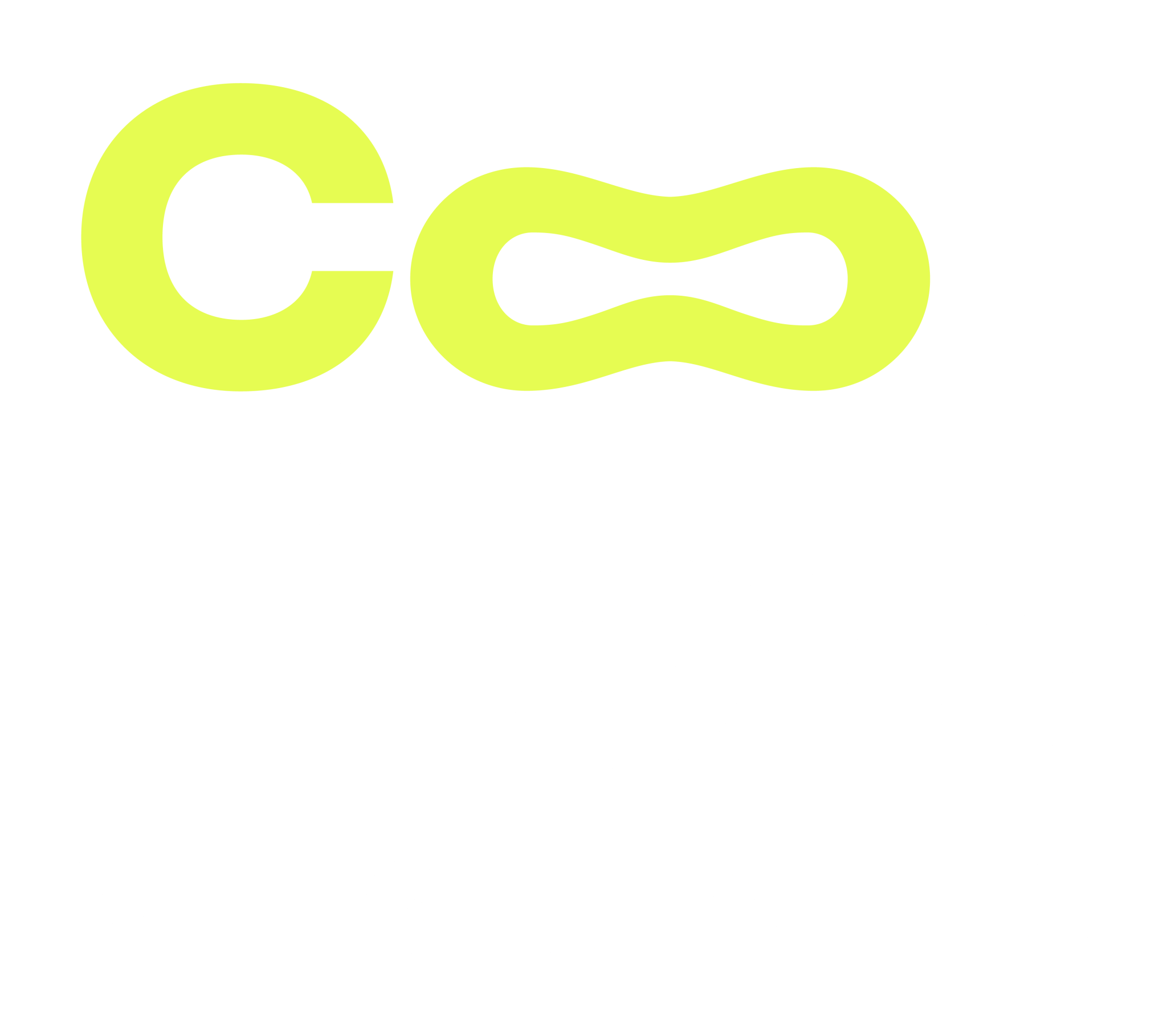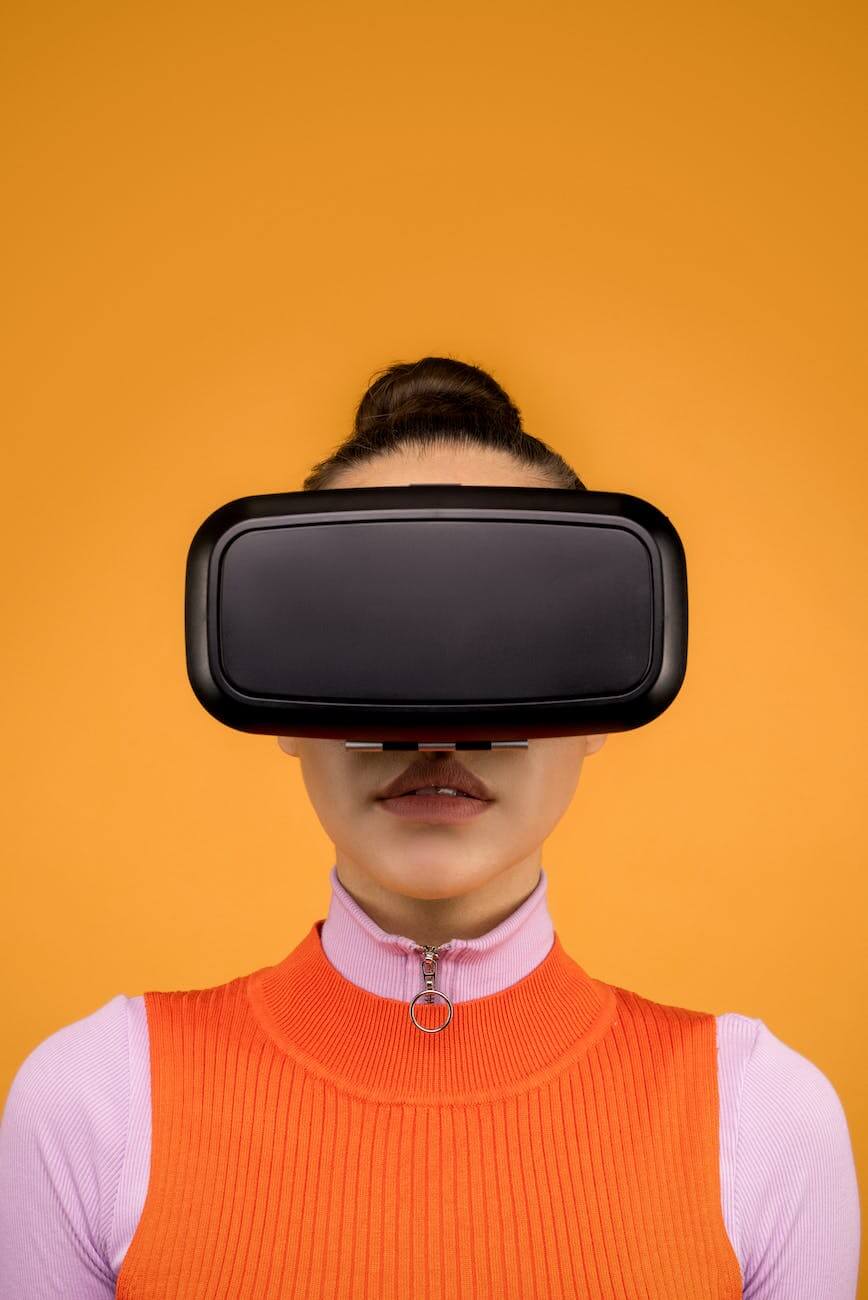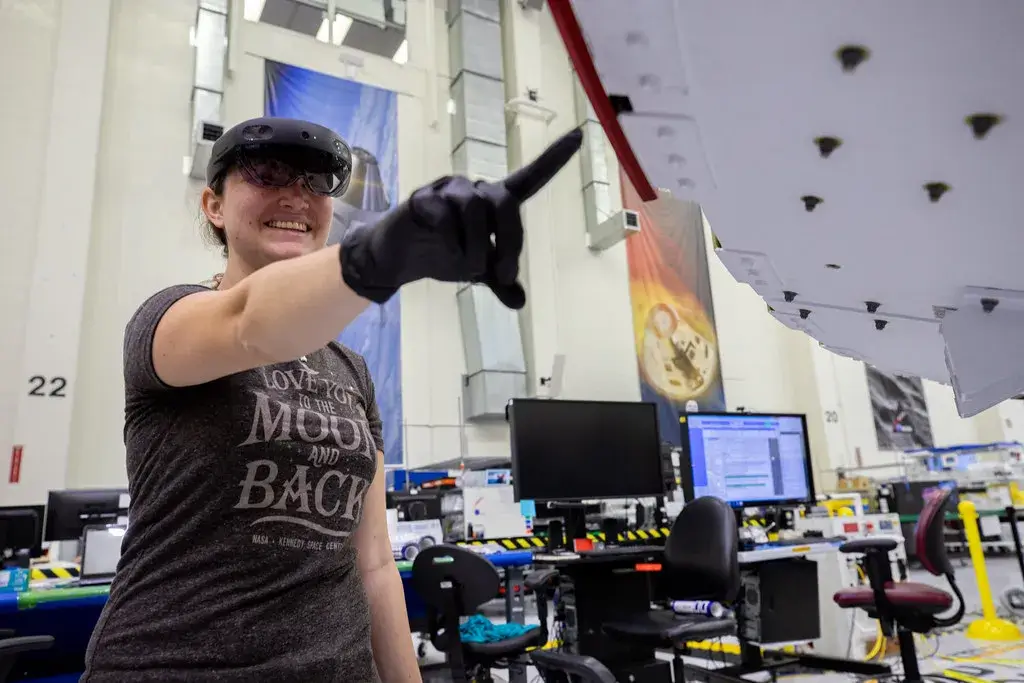
How do you produce a virtual reality production?
You might think that virtual reality is something that only exists in the movies. But it’s not! In fact, virtual reality is a rapidly growing industry with a wide range of applications. So, how do you produce a virtual reality production? In this blog post, we will explore the steps involved in producing a virtual reality experience. From pre-production to post-production, we will cover everything you need to know to get started.
What is virtual reality?
Virtual Reality (VR) is a computer-generated environment that allows the user to interact with three-dimensional (3D) images and sound. It is an immersive experience that can transport users to another place or time.
VR has been used in a variety of applications, including video games, training simulations, and architectural visualizations. VR can also be used for more personal experiences, such as watching 360-degree videos or creating virtual art.
There are a few different ways to create VR content. One method is to use special cameras that capture the scene from all angles. These cameras can be expensive and require specialized hardware and software to work properly.
Another method is to use computer-generated imagery (CGI) to create the environment and characters. This approach can be cheaper and faster than using physical cameras, but it may not look as realistic.
No matter which method you choose, creating VR content requires careful planning and a strong attention to detail. You need to consider the user’s experience every step of the way, from the story you’re trying to tell to the smallest details of the environment.
What do you need to produce a virtual reality production?
If you’re thinking about producing a virtual reality production, there are a few things you’ll need to consider. First, you’ll need to have a clear idea of what your production will entail. What story will you be telling? What characters will be involved? What environment will your audience be transported to? Once you have a good understanding of the content of your production, you’ll need to start planning the technical aspects.
What kind of hardware will you need? A VR headset is an obvious requirement, but what kind? There are many different VR headsets on the market, each with its own strengths and weaknesses. You’ll also need to think about what other kinds of equipment you might need, such as sensors or controllers.
Once you have all the hardware sorted out, you’ll need to start thinking about the software side of things. What platform will you be using? There are many different VR platforms available, each with its own advantages and disadvantages. You’ll need to consider things like graphics quality, ease of use, and compatibility with your hardware before making a decision.
Finally, you’ll need to put together a team to help bring your vision to life. This team should include people with experience in both the creative and technical aspects of virtual reality production. Only with a strong team can you hope to create a truly immersive and captivating experience for your audience.
The different types of virtual reality productions.
There are many different types of virtual reality productions, from movies to video games. Each type has its own challenges and requirements.
Movies: Movies are the most common type of virtual reality production. They are typically shot with a 360-degree camera rig, which captures all angles simultaneously. This gives the viewer the ability to look around and experience the movie as if they were actually there.
Video Games: Video games are another popular type of virtual reality production. Unlike movies, video games are interactive and allow the player to control the action. This makes them more immersive and can give the player a sense of really being in the game world.
Other Types: There are also other types of virtual reality productions, such as educational experiences or simulations. These can be used for training or research purposes.
The benefits of virtual reality productions.
There are many benefits of virtual reality productions. One benefit is that it allows the audience to be transported into the story. They can feel like they are part of the action and feel more connected to the characters. Additionally, virtual reality can help create a more immersive experience for the viewer and make them feel like they are in another world. Additionally, virtual reality production can be less expensive than traditional film or television production, and it has the potential to reach a larger audience as more people own VR headsets.
The challenges of virtual reality productions.
Virtual reality is a new and emerging technology, and as such, there are many challenges that come with producing VR content. Firstly, it can be difficult to create immersive and believable environments that feel real to the viewer. Secondly, VR productions often require specialised equipment and software, which can be expensive and complicated to use. Thirdly, because VR is still a relatively new medium, there is a lack of experienced personnel who know how to produce quality VR content. This can make it difficult to find the right people to work on a VR production, and can also lead to higher costs. Finally, virtual reality productions can be time-consuming and complex to plan and execute, due to the need to create detailed 3D environments and ensure that all elements work together seamlessly.
How to overcome the challenges of virtual reality productions.
Virtual reality productions can be extremely challenging, both logistically and creatively. Here are some tips on how to overcome the challenges and produce a successful virtual reality production:
- Plan ahead: As with any production, planning is key. Make sure to allow enough time for pre-production and post-production, as well as for filming and editing the VR footage.
- Choose the right equipment: There is a lot of specialized equipment needed for VR productions, so it’s important to choose the right gear for your project. Work with a experienced VR production company to make sure you have the right setup.
- Be prepared for technical issues: Due to the nature of VR technology, there are bound to be some technical issues during production. Be prepared for this by having a backup plan and troubleshooting team in place.
- Tell a compelling story: In order to engage viewers, your VR production must tell a compelling story. Work with experienced writers and directors to create an immersive experience that will captivate your audience.
Conclusion.
Virtual reality production can be a daunting task, but with the right planning and execution it can be a success. By following the tips in this article, you will be on your way to producing a high quality virtual reality production. Keep in mind that virtual reality is still a new medium, so don’t be afraid to experiment and try new things. With some creativity and hard work, you can create a virtual reality production that is truly unique and impressive.





